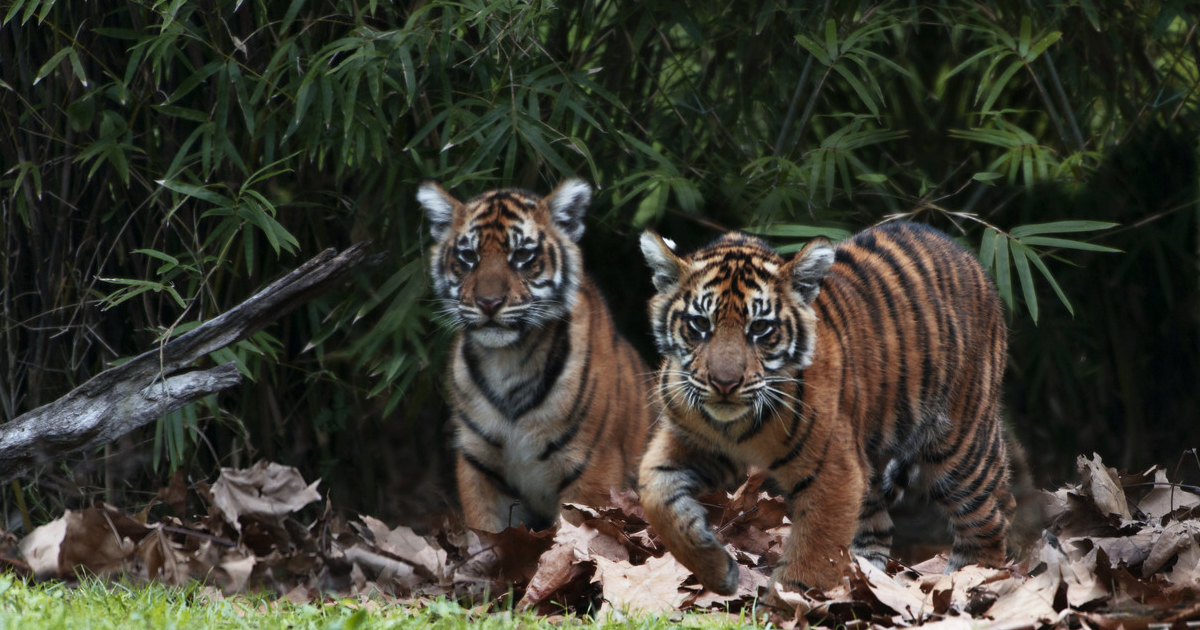An ambiance of mourning waved throughout the jungle of the Ranthambore National Park. This was due to the death of the T-60 cub of the Ranthambore Jungle. Terrible news for the wildlife lovers went viral on the web when the forest department found the carcass of five days old in the Gandhara region of zone number two of the park.
The cub was only five months old; his body in the form of a skeleton was discovered by the forest guards in the jungle’s inner core. Some of the forest officials suspected that the animal conflicts are responsible for such a little cub’s death. Often they fight to occupy the territory harming innocent cubs and the families of the male lions.
The forest department took the body for postmortem, as they usually do, after the death of any animals belonging to the Ranthambore National Park. At present, there are 23e males and 29 females residing in this beautiful but thrilling jungle with 18 cubs. The post mortem report says the same thing that the forest officials had predicted earlier. It was the cause of animal infighting for territory.
There is a rule that each pride follows in occupying territory. The male tiger from each region comes to a conflict, and a huge fight occurs between them, which lasts for two three days. The winner of the battle occupies the territory after defeating his opponent tiger and taking the pride’s domination. He usually kills the cub of his opponent team and includes the tigress in his pride. This may lead to the death of the innocent cubs who have to face losing their lives in the Ranthambore National Park.
Tigress T-60, aka Indu, was spotted with her cub, and this little tiger belongs to the third litter of the tigress, who was herself seven years old. She was previously spotted in zone -2 with her cub and was under monitoring by the forest department.
But these deaths can lead to a decrease in the tiger population in the park. Moreover, to explore the jungle on an open gypsy, opt for Ranthambore Safari Booking at first for the entrance.
Many tourists from different parts of the country come to this park to enjoy the jungle and its residents. The park is famous for the Royal Bengal tigers and the rare felines seen in the jungle creeping in their natural habitats. But some animal lovers often are disheartened to hear this sad news of massive deaths of the tigers and their cubs due to infighting, canine diseases, and human-animal conflicts.
Thus, our request to the government’s authorities to take precautions and initiatives to save and protect the tigers of the Ranthambore National Park from all sorts of threats that they had to face in their lives.





